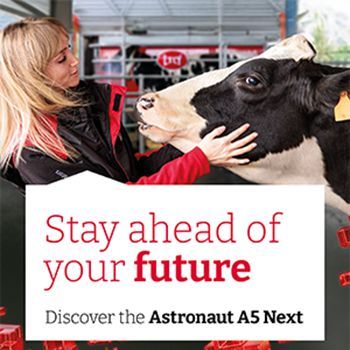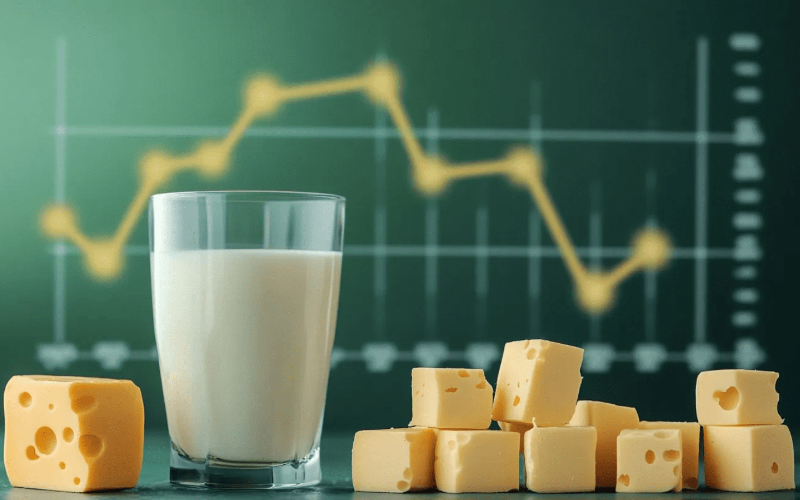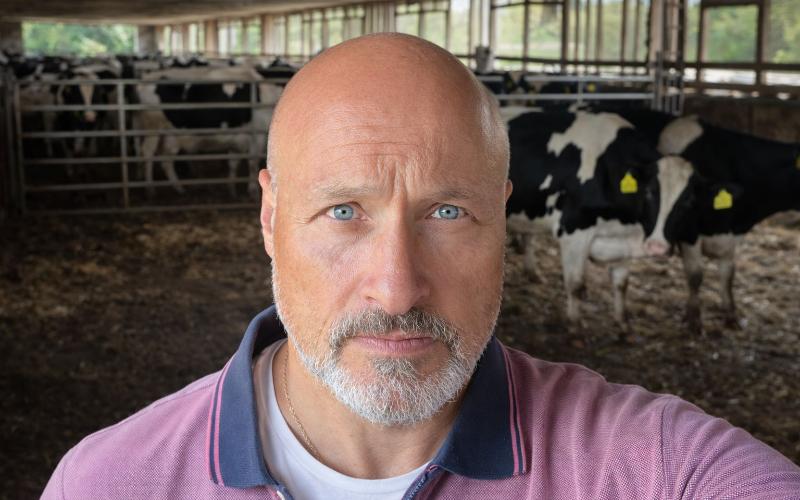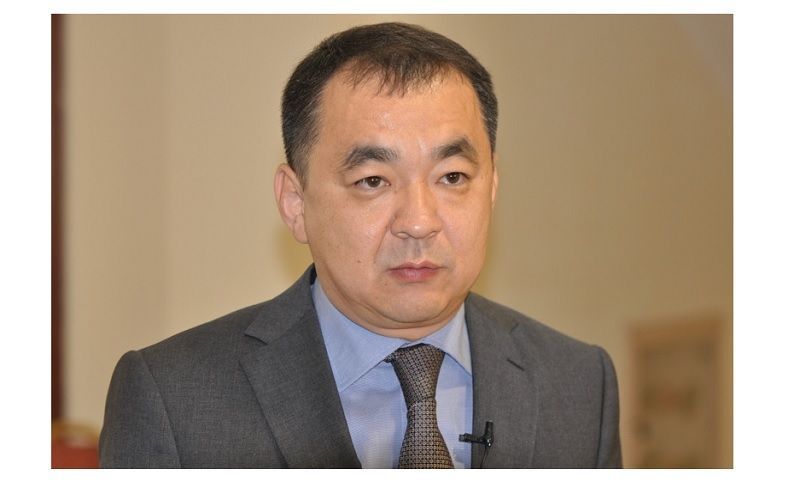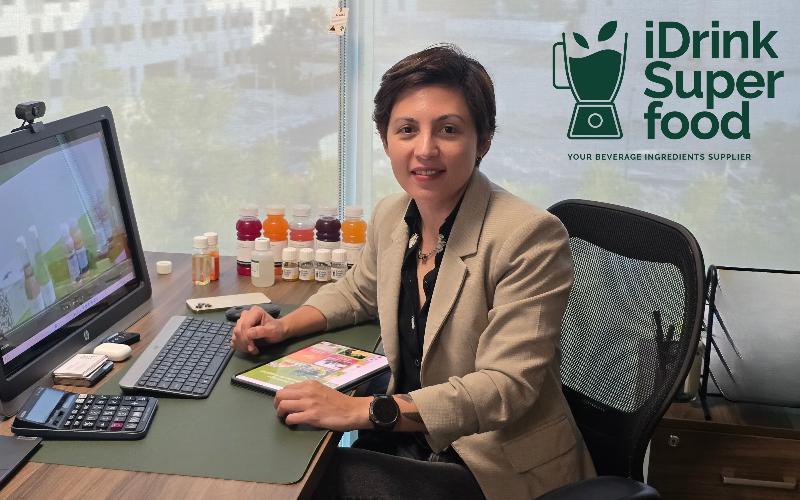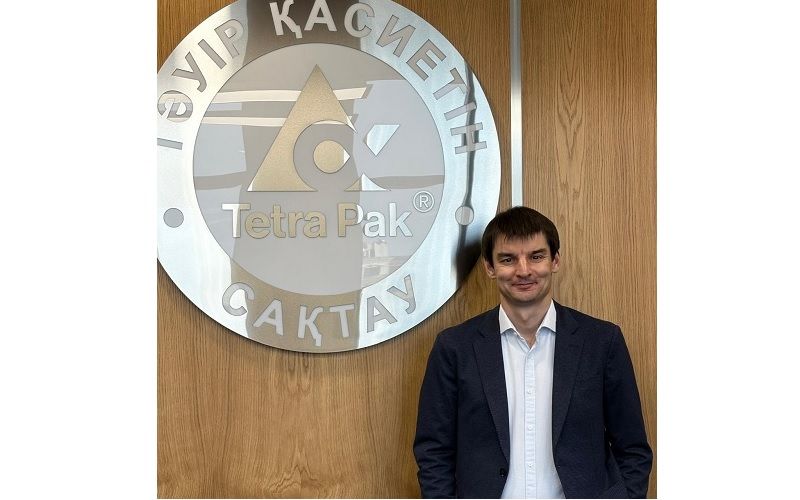The Ecuadorian Dairy Sector: Balancing Achievements and Challenges
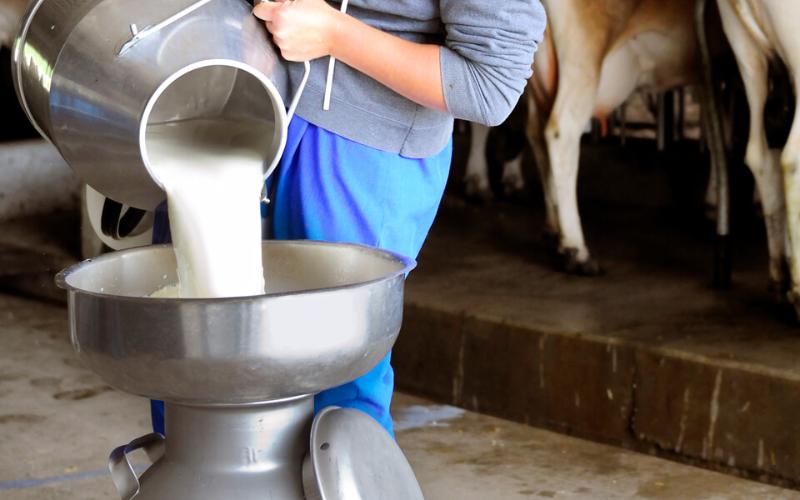
The Ecuadorian dairy sector has achieved a historic milestone with its inaugural export of liquid milk, dispatching 19,000 liters of UHT milk to El Salvador in May 2025. This significant achievement is a testament to overcoming major sanitary hurdles, including the eradication of foot-and-mouth disease, enabling new international market opportunities. The signing of sanitary protocols with China for dairy exports underscores Ecuador's ambition to establish itself as a notable player in the global dairy market, seeking to diversify its reach beyond traditional borders.
Informality and High Costs: Achilles' Heels
Despite these successes, the country's dairy industry wrestles with substantial internal challenges affecting its competitiveness. Informality is a pressing issue, with approximately 50% of milk production coursing through unregulated channels. High production costs, driven by factors such as corn prices and climatic conditions, further add to the industry's burdens. A regulatory framework with controlled prices hampers the sector's ability to compete internationally, while a lack of farm-level technical advancement hinders growth reliant on productivity improvements.
The Urgent Need for Technological and Skill Enhancements
The current growth in Ecuador's dairy production leans more on increasing animal numbers rather than improving milk yield per cow, highlighting the urgent need for greater technological integration. Institutions like the Dairy Industry Center (CIL) and the FAO stress the importance of investments in upgrading human resource skills. Ensuring quality control of feed and water, alongside hygiene in milking and milk transportation, are essential steps to elevate standards and tap into global market opportunities.
Goals and Strategies for a Sustainable Dairy Future
Looking ahead, the Ecuadorian dairy sector prioritizes Central America and Asia as key export destinations. Its strategy centers on product specialization and differentiation with added value, targeting niches where quality and sustainability are valued. Concurrently, environmental sustainability has become a core goal, developing production systems that contribute to ecosystem restoration, intertwining dairy production with environmental respect.
The Key to Success: Institutional Collaboration and Association
Overcoming challenges and cementing growth requires close coordination among public, private, and academic sectors. Strengthening associations, as exemplified by the successful Salinas de Guaranda consortium model, is crucial to bolstering the competitiveness of small and medium-sized dairy producers. Formalizing the supply chain, along with investments in quality and technical advancements, will be vital for Ecuador not only to maintain its export milestone but also to secure a prosperous and sustainable future for its dairy agroindustry.


